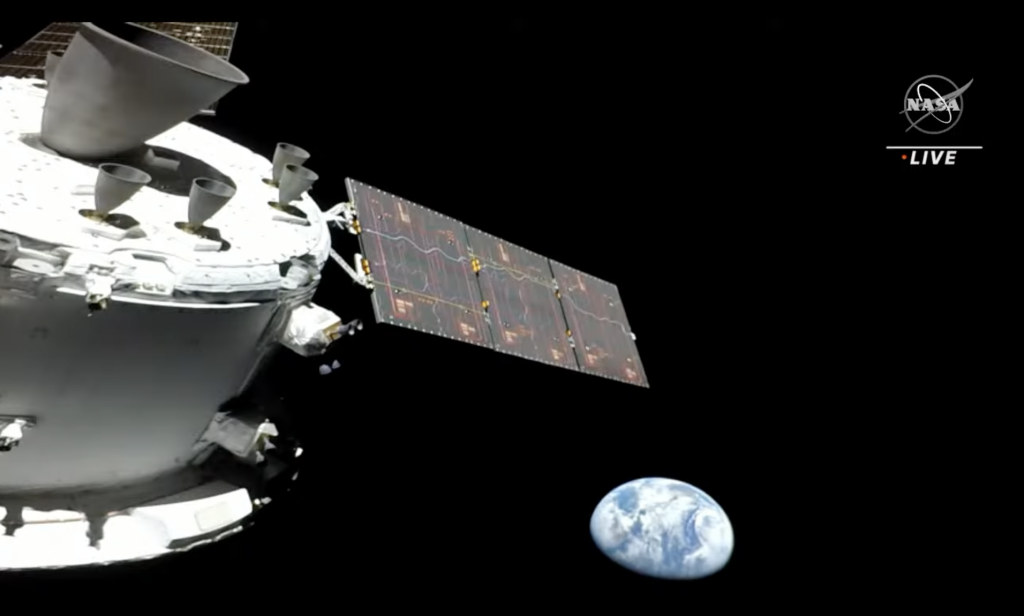I stayed up late last night and early this morning to watch the successful uncrewed launch of Artemis 1. In Greek tradition, Artemis was the twin sister of Apollo, and the Artemis program hopes to return humans — including the first woman — to Moon as preparation for sending them onward to Mars.
As a child of the Apollo program, I am convinced that a future with humans living and working in space, on Moon and Mars, is much more exciting than one with humans confined to Earth, and in this regard the half-century gap between Apollo and Artemis has been deeply disappointing.
Today real hope exists for realizing Apollo’s promise to permanently extend the bounds of human experience beyond low-Earth orbit. Later this decade, the crewed Artemis 2 should circumnavigate Moon and the crewed Artemis 3 & 4 should land on Moon’s unexplored South Pole. I hope these and subsequent increasingly ambitious missions and their diverse explorers will excite and inspire a new generation, the Artemis generation; I know they will excite and inspire me.
As currently planned, Artemis 3 & 4 will require the development of a brand-new revolutionary launch vehicle — a true 21st century super-heavy lift rocket, which I have highlighted before and expect to soon discuss again.

A camera attached to the tip of the Orion capsule’s service module photographed Artemis 1 departing Earth orbit on 2022 November 16.

Thanks, Mark! I enjoy reading your posts as well.